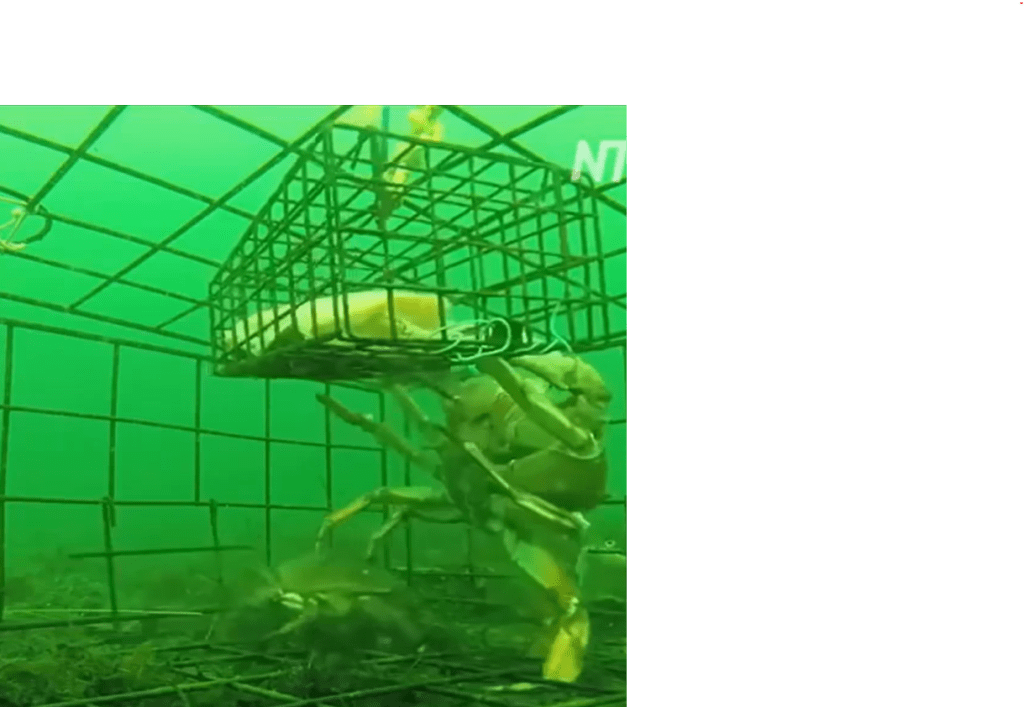Introduction
Crab trapping is a popular and effective method for harvesting crabs, a sought-after seafood delicacy. Among various baiting techniques, using meat as bait has gained prominence due to its effectiveness in attracting crabs. This article explores the rationale behind using meat as bait, the methods for effective crab trapping, and some tips for enhancing your success in crab fishing.

Why Use Meat as Bait?
Crabs are opportunistic feeders and are highly attracted to strong-smelling food. Meat, particularly when it is not fresh, provides an appealing scent that crabs find irresistible. The strong aroma released by decomposing meat is a signal to crabs that a potential food source is available. Commonly used meats include chicken necks, fish heads, and other types of leftover or less desirable cuts of meat.

Types of Meat Baits
Chicken Necks and Legs: These are popular choices due to their affordability and availability. The bones in chicken necks and legs offer an additional advantage as they can help keep the bait in place longer.
Fish Heads and Carcasses: Fish heads and carcasses, including those from species like mackerel or herring, are particularly effective due to their strong, pungent smell.
Beef or Pork Rinds: While less common, these can be used if other options are not available. The high-fat content in these meats can attract crabs effectively.

Setting Up Crab Traps
Choosing the Right Trap: The type of trap you use will impact your success. Common types include ring nets, foldable traps, and pyramid traps. Ensure the trap you select is suitable for the size and type of crab you are targeting.
Bait Placement: Secure the meat bait inside the trap using a bait holder or mesh bag. This prevents the bait from being easily stolen by smaller creatures and keeps the scent concentrated in the trap.
Trap Location and Deployment: Crabs are often found in shallow, muddy waters. Deploy your trap in areas where crabs are known to congregate, such as near underwater structures, vegetation, or sandy bottoms. Ensure the trap is properly weighted so it stays in place.
Checking the Trap: Regularly check your traps, ideally every 30 minutes to an hour. This helps in ensuring that the bait is still effective and that the trap is working as intended.

Safety and Environmental Considerations
Regulations: Familiarize yourself with local fishing regulations regarding crab trapping. Many regions have specific rules about trap size, bait types, and allowable crabbing seasons to ensure sustainable practices.
Handling Crabs: When handling crabs, use gloves to protect your hands from their pincers. Be mindful of the size limits and release any undersized or female crabs carrying eggs to maintain the population balance.
Disposal of Used Bait: Dispose of any leftover bait or waste responsibly to avoid attracting unwanted wildlife or polluting the water.


